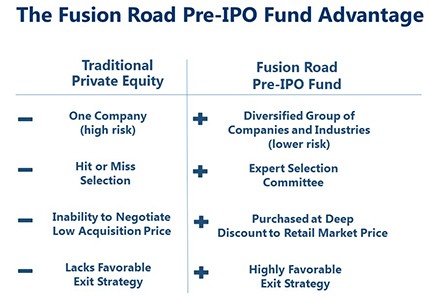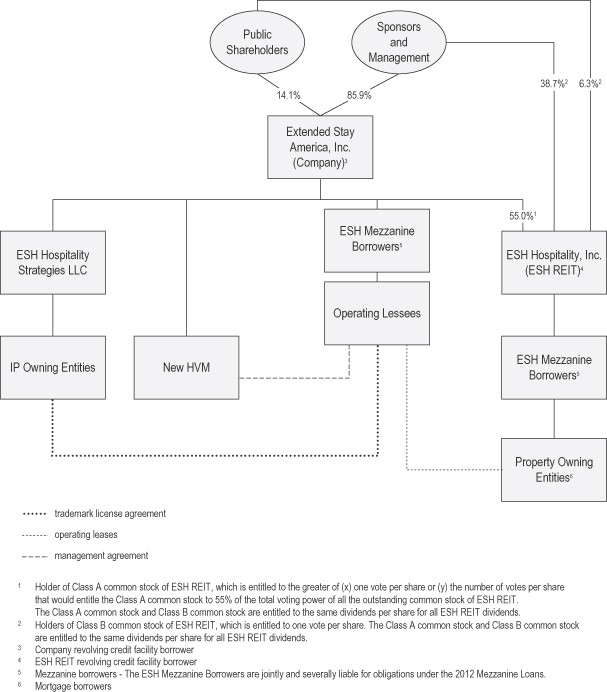How do you evaluate the potential value of stock in a preIPO company with limited info
Post on: 9 Май, 2015 No Comment

Related Topics
If the company has not provided the number of shares outstanding, you cannot make any estimate of your options' potential value.
If you DO have the shares outstanding, you should consider a few things:
1) The liquidity preference of Preferred Stock vs Common Stock. Your options will convert to common stock, and in certain exit scenarios (like an Acquisition), you can't just simply multiply the Acquisition offer by the percentage ownership you have of the company. More about that here .
2) Future dilution. Future investors (by way of late-stage private funding rounds, or IPO) will dilute your % ownership stake in the company, often significantly.
Take Grubhub's recent IPO. The company issued 4,000,000 new shares of stock (on top of the existing
74 million shares outstanding). Had you owned 2000 shares, your .00270% ownership (2,000 / 74 million) would now be diluted down to .00256% (2,000 / 78 million). You can see Grubhub's IPO filing (which is publicly available) here .
In the case of late-stage private funding rounds, dilution can be much more extreme.
So where does that leave you?
Assuming you have the number of shares outstanding:
1) Figure out your % ownership at the time of issuance
2) Check historical dilution for companies of your size and maturity
3) Assume a realistic exit value of the company
4) Apply #2 to #1 and multiply it by #3
And this is a VERY VERY rough estimate of what your options could be worth.
Some other techniques for company valuation:
Recent rounds of financing:
This one is pretty simple: by researching what recent investors paid to invest in the company, you can get an estimate on what your shares are currently worth. Remember, VCs write big checks and usually would have company access to:

- Financial Statements (accurate revenue numbers, employee head count, revenue growth, margins, profitability)
- Senior Management (marketing strategy, assessment of leadership, talent)
- The Cap Table
Michael Ostendorff and the team at VC Experts have graciously made this information available to the public for a number of companies, like Uber and Lyft. If not, you can ask your company.
Multiple of Revenue
Another method of valuation is by comparing how other companies in the same sector are valued, either in the public markets (where real-time price discovery and audited financial statements are both available) or via M&A.
Typically we value companies using a Discounted Cash Flow, or DCF, model. Simply put, by summing up a company's ability to generate cash profits, and discounting cash profits that the company will earn in the future, we can derive a value of the company. However, many VC-backed companies are not yet profitable even after they've gone public, so a DCF analysis does not fit the bill. Instead, we can look at how the company's revenue (which even the most unprofitable businesses will have).
nymag.com/news/bus iness/b. ), you could use a sector Revenue Multiple from a public competitor to derive an estimated value.
An example: Zulily (public company, under the ticker ZU) is a flash sales e-commerce site that, as of July 14th 2014 has a market cap of $4.6 billion. As per public filings, the company had trailing 12-month revenues of $806.58 million, or a 5.7x revenue multiple. One Kings Lane, a private company that is on pace for $300 million in annual revenue in 2013, could (again, with some very crude analysis) be valued at $1.710 billion (5.7 * $300 million).
Private company valuations are much different than public company valuations. You should seek to find as much available information as possible, especially about the recent rounds of financing: they often serve as the best outlet to evaluate the current value of your shares.
(Full disclosure: I am a Founder at EquityZen, a marketplace for private company investments)














